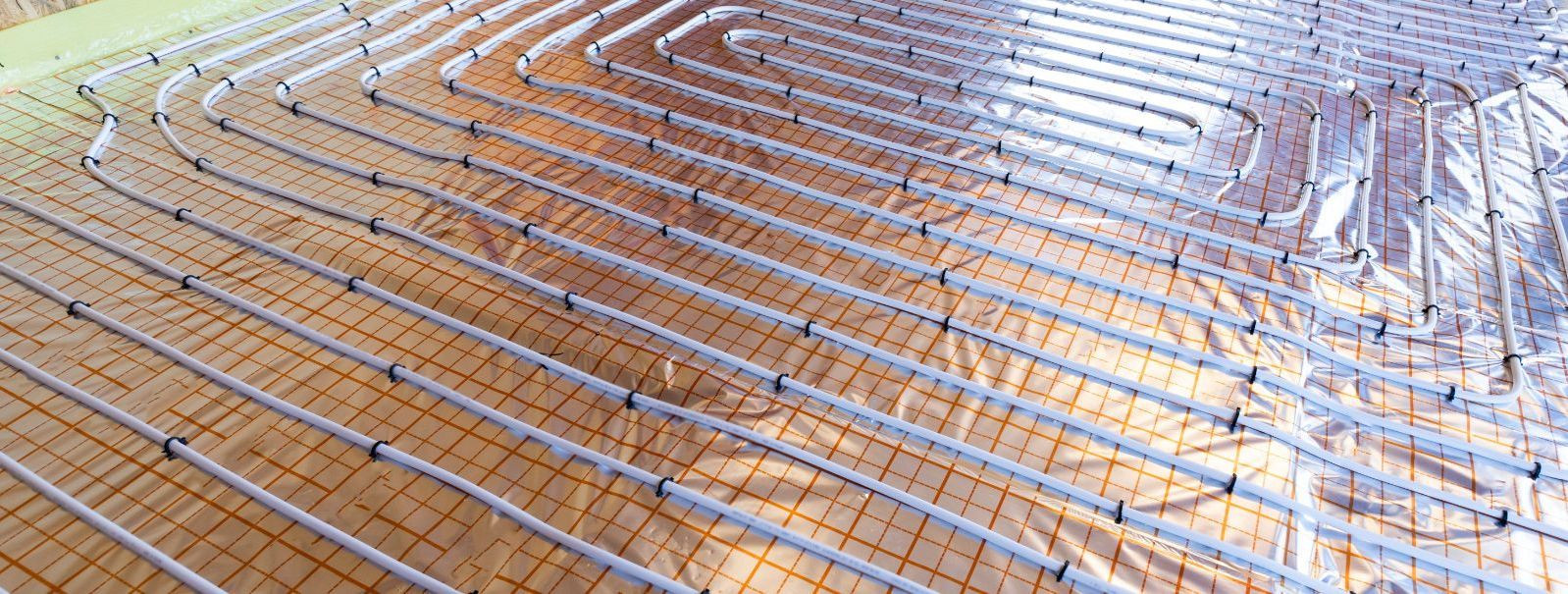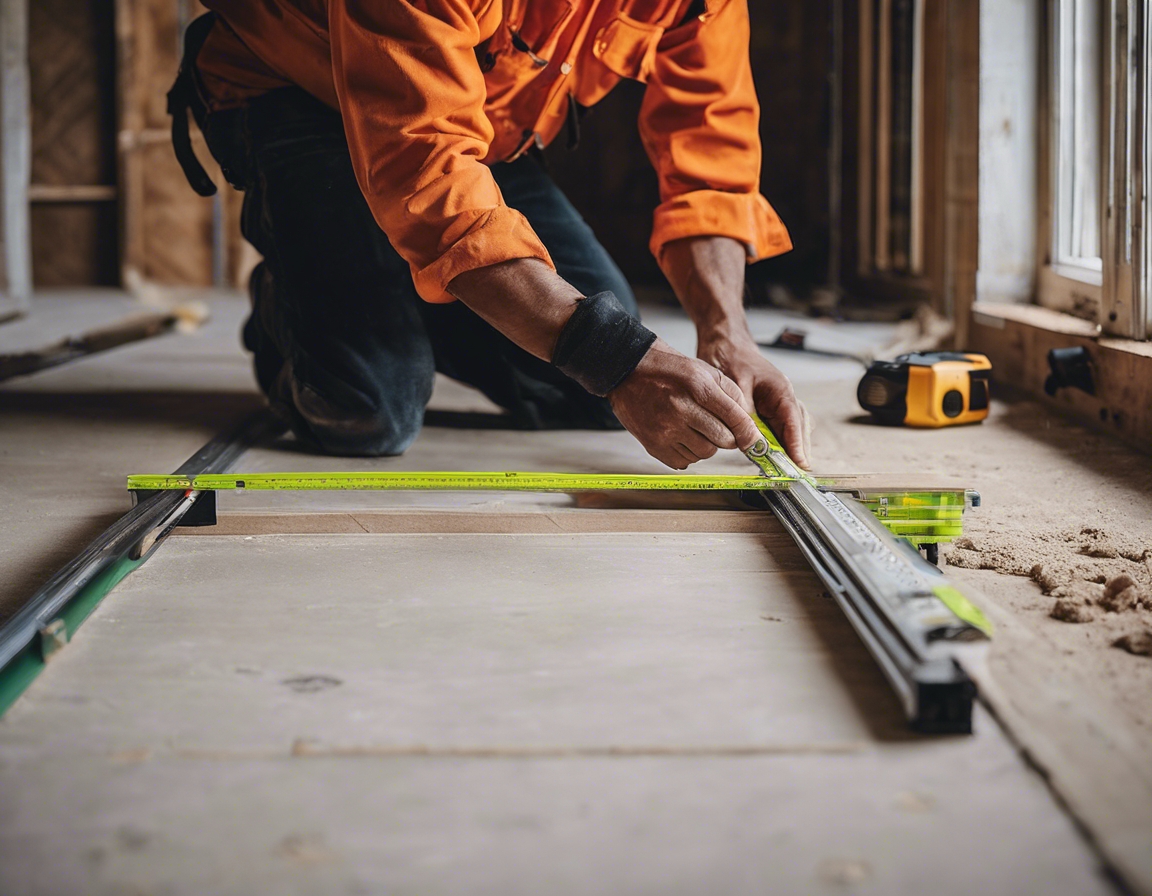The benefits of underfloor heating systems
Underfloor heating is a form of central heating that achieves indoor climate control for thermal comfort using conduction, radiation, and convection. The system is installed beneath your floor, creating a large radiant surface that heats the room from the ground up, providing consistent and efficient warmth.
There are two main types of underfloor heating systems: electric (or dry) systems and water-based (or wet) systems. Electric systems use electric wires or heating mats installed beneath the floor, while water-based systems circulate warm water through pipes to heat the floor.
Key Benefits of Underfloor Heating Systems
Underfloor heating distributes heat evenly across the floor, eliminating cold spots and creating a comfortable environment. The warmth radiates upwards, allowing your feet and body to feel the heat where it is most desired.
These systems operate at lower temperatures while still providing the same level of warmth as traditional radiators, leading to reduced energy consumption and lower utility bills.
Unlike conventional heating systems, underfloor heating does not rely on air circulation to spread warmth, which means less movement of dust and allergens, contributing to a healthier indoor air quality.
With no need for radiators on the walls, underfloor heating allows for more design freedom and space. This system is completely hidden, offering a clean and uncluttered look to your interiors.
Once installed, underfloor heating systems require minimal maintenance and are known for their longevity, often outlasting traditional heating systems.
Installing an underfloor heating system can be a desirable feature for potential buyers, potentially increasing the value of your property.
Underfloor heating can be installed under various types of flooring, including tile, stone, laminate, and even carpet, making it a versatile choice for any project.
Understanding the Installation Process
Before installation, a thorough assessment of the property is necessary to determine the best system for your needs. This includes evaluating floor structure, insulation, and heating requirements.
The installation process varies depending on the type of underfloor heating system chosen. Professional installation ensures optimal performance and efficiency.
Operating Underfloor Heating Systems
Modern underfloor heating systems come with advanced thermostats and control systems that allow for precise temperature regulation and scheduling, further enhancing energy efficiency.
While the initial setup cost may be higher than traditional heating systems, the long-term savings and efficiency of underfloor heating systems can be significant. Tips for maximizing efficiency include proper insulation and smart thermostat use.






Comments (0)